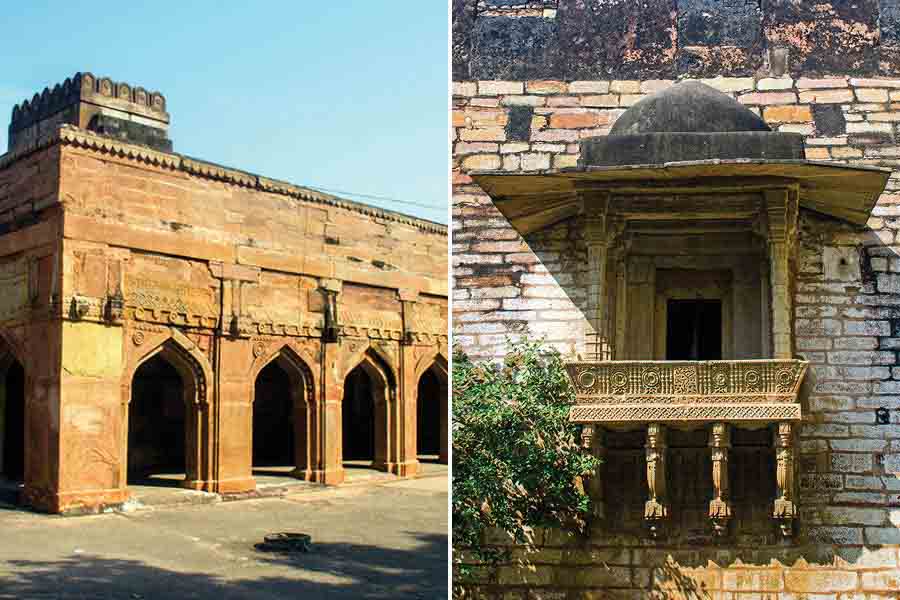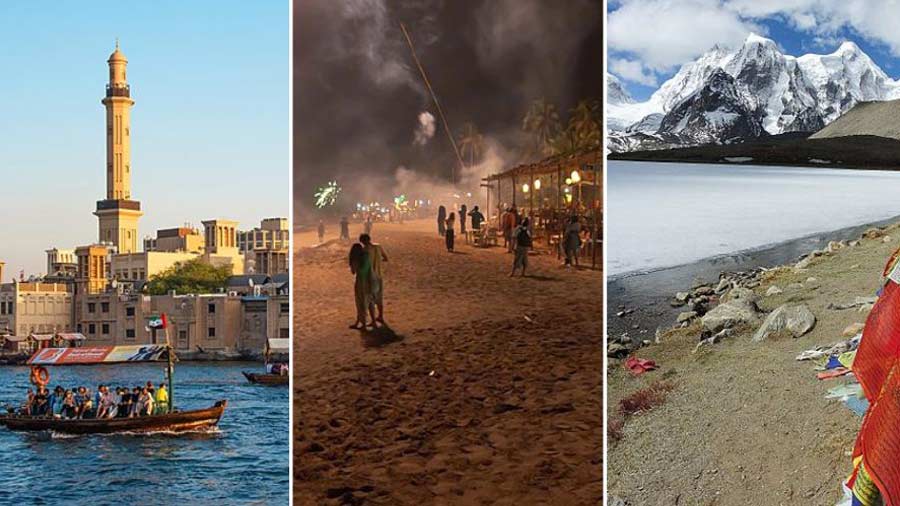Chunar has always lived under the shadows of its more famed neighbour Varanasi, but it has its share of charm too. An ancient town located in Mirzapur district of Uttar Pradesh, on the bank of the River Ganges, Chunar stands on an extension of the Vindhya Range. Here, the Ganges takes a turn and heads towards Varanasi. Just like Varanasi, the origin of the city goes back to eternity and has a share of legends and myths. According to a legend, the Vamana Bhagwan (dwarf god) arrived at the location and asked King Bali for three feet of land. He placed his first step on the hill, which was later renamed Charandari, which was later shortened to Chunar.
The second legend is linked to King Vikramaditya. He was said to have built a hut at the present location for his hermit brother, Baharthari. The third legend links it to Prithviraj Chauhan. Chunar is also home to the famous Chunar Stone. The red or buff coloured finely grained sandstone has widely been used in Indian architecture including the Ashokan Pillars. Today, the city has its share of historical sites and consists of a fort, Mughal era tombs and dargahs — and even a British cemetery.
Chunar Fort
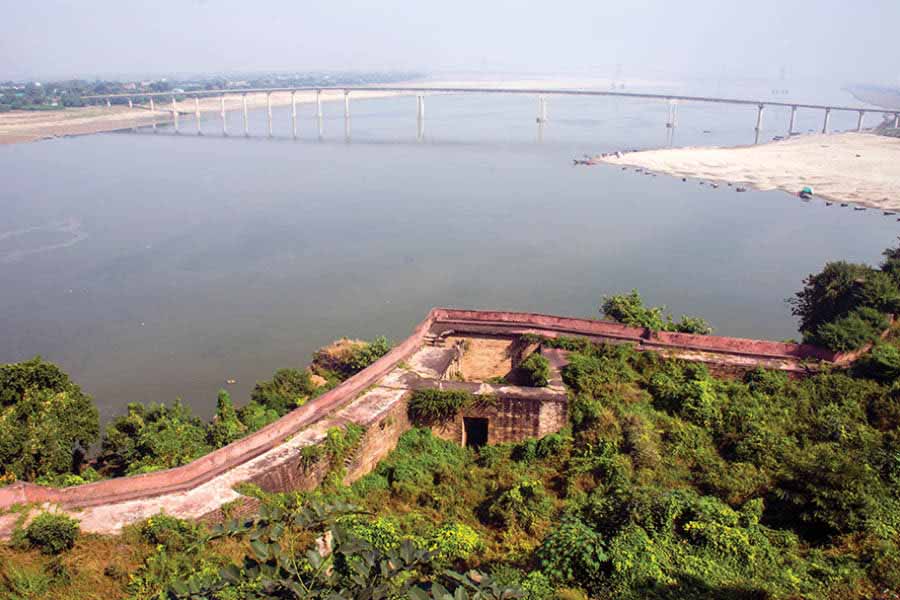
Ariel view from Chunar Fort, showing the fortification and the Ganges
The fort is perched on a rocky outcrop detached from the Vindhya Range, and dominates the town’s skyline. With archaeological records tracing its settlement to the 5th-6th century BCE, recorded history emerges during the time of Babar. Changing hands with the Suris and Mughals, the fort fell under British control in 1791. Taking advantage of its location, they started collecting taxes from the boats plying along the river. Presently a large section of the fort is under Uttar Pradesh Police, who runs a training school within the premises. So, only a small area is accessible to tourists. This contains the Diwan-e-Aam (house of commons) complete with an ornate oriole window. The other main attraction of the fort is the Sonwa Mandap, a pavilion with intricate ornamentation. Sadly, Hasting’s bungalow is out of reach for the tourist.
The British Cemetery

The British Cemetery, Chunar
Since the British had a strong control over the fort, it served as a garrison for British soldiers and their families. Many of these people died in Chunar and were laid to rest in the British Cemetery. The cemetery lies between the fort and the river. It falls on the right-hand side of the road descending from the fort. It is a small little cemetery housing several tombs in various shapes and sizes.
Iftikhar Khan’s Tomb

Iftikhar Khan’s Tomb
Iftikhar Khan was a general of the Mughal ruler Jahangir (reign: 1605 – 27). He was noted for his bravery and died in Bengal in 1612. He was laid to rest in a magnificent tomb, which stands in the middle of a Mughal-styled Char-Bagh garden. The entry is through a massive ornate gateway on the western side. Although the garden has lost its former glory, the tomb and the gate still possess the glory of its hay days.
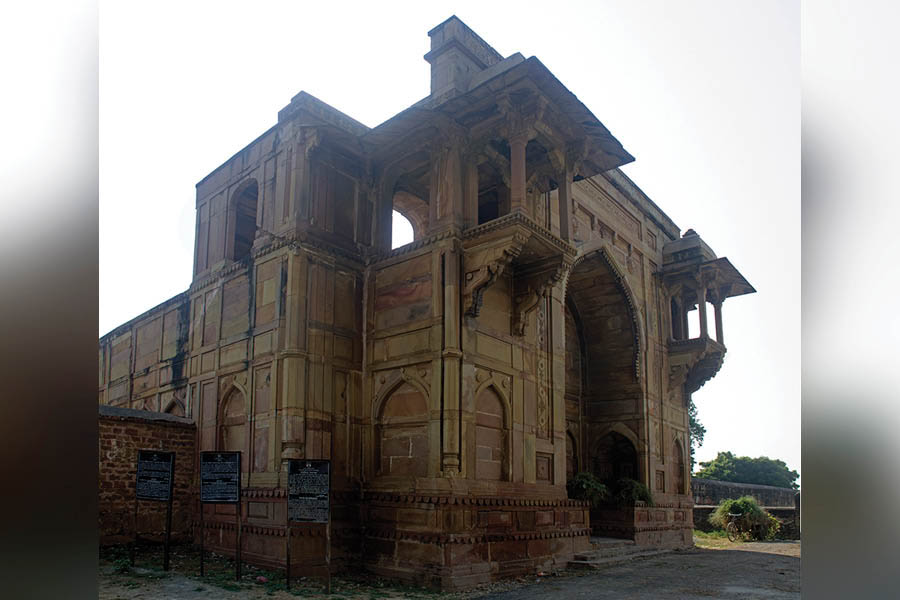
Gateway of Iftikhar Khan’s Tomb
The tomb stands on a high plinth and is crowned with a massive dome, flanked with chhatris in four corners. Both the tomb and gateway were built of Chunar stone. There is a stepwell nearby and another Mughal-styled unknown tomb. The area also houses another tomb containing the mortal remains of a Britisher dating back to 1783.
Dargah Sharif
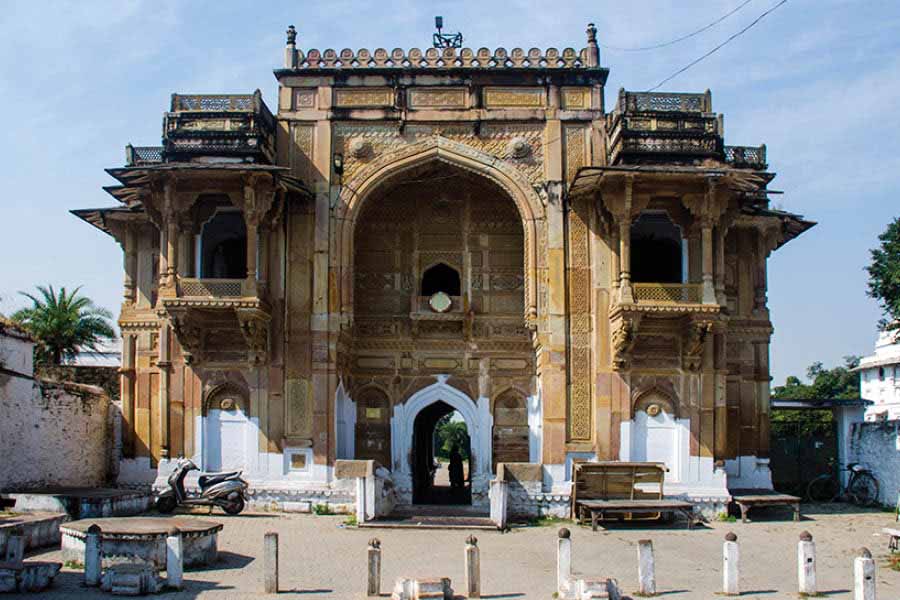
Gateway of Chunar's Dargah Sharif
Located further up the river is the Chunar Dargah Sharif, housing the mortal remains of Qasim Shah Sulemani, a Sufi mystic from Peshawar. During the reign of Jahangir, he settled in Chunar and was known for his mystic powers. Jahangir, a firm disbeliever of such miracles, had him arrested. He was kept in Chunar Fort. Even during his captivity, he was spotted praying on the banks of the Ganga by hundreds of locals. When Jahangir witnessed the miracle himself, he released him. Upon his death, he was laid to rest in a beautiful tomb overlooking the river.
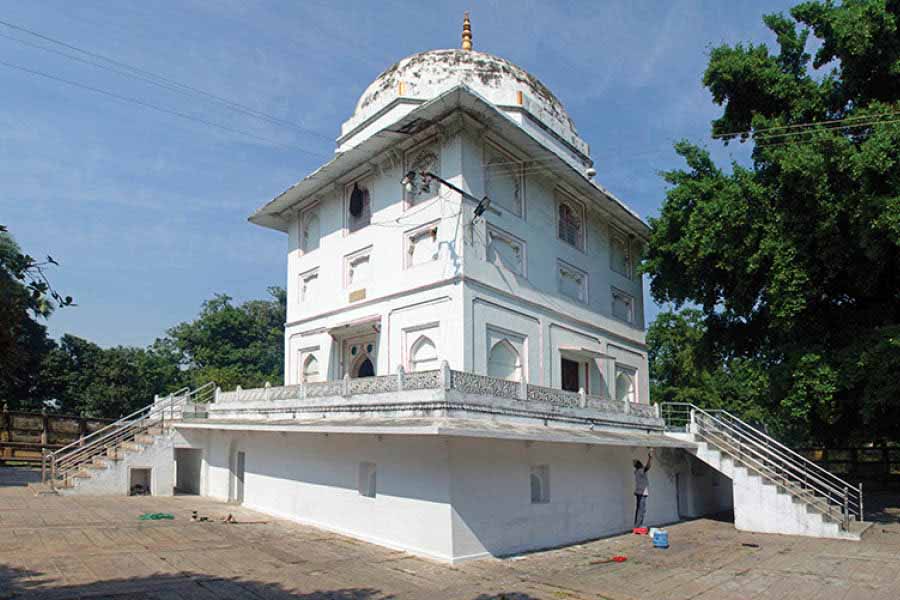
Tomb of Wasil Shaw
Today, the dargah is approached through a massive gateway. The intricately ornate gate is made of Chunar stone and leads to a large compound housing several graves and several other structures. Qasim Shah Sulemani’s tomb is a massive two-storied octagonal structure. Narrow flight of stairs leads to the first level, housing the graves (these are replicas — the original graves are at ground level).

Elaborately painted interiors of the tomb of Qasim Shah Sulemani
There are a total of three graves lying beneath an elaborately painted domed ceiling. The compound also houses the tomb of Qasim Shah Sulemani’s son, Wasil Shaw. It’s a square domed structure approachable with two flights of stairs. It is an active dargah attracting people of all faiths. Every year, a fair is held at Chunar Dargah Sharif after Holi. It is believed that wishes made here come true. No wonder it attracts people, irrespective of faith, from far and wide.
